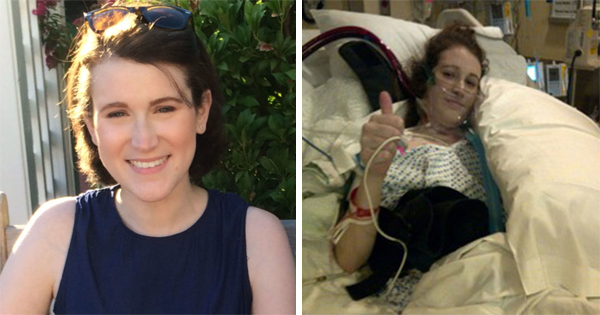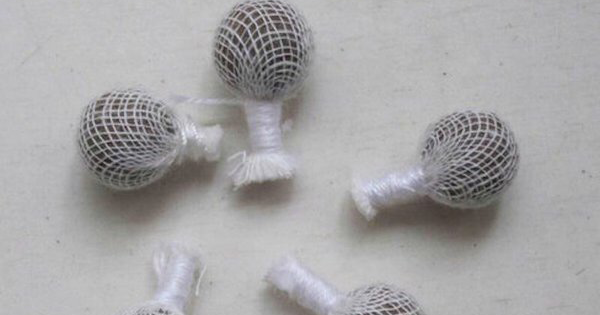Not long after Nell Pritchard was born, her doctors diagnosed her with cystic fibrosis. Pritchard had been born with a small blockage in her intestine, which prompted doctors to conduct tests. Their sweat test confirmed their suspicions.
The early years of Pritchard’s life, however, were fairly normal. She had to use nebulizers, a device to help patients inhale drugs, and take medication. But once she’d administered these treatments at home, she was able to blend in with her peers at school, remaining active and playing many sports.
As Pritchard got older, her disease progressed with her. Mucus continued to build up in her lungs, unable to be flushed out by the saltwater in her body, and caused her to contract many infections.
Pritchard was fortunate not to have had her first PICC line, a nutrition-providing IV, until second grade, and her second not until eighth grade. Her third PICC line, however, caught her by surprise in tenth grade.
It was then that Pritchard knew the damage in her lungs was beginning to take a toll. Lung damage is almost impossible to reverse, and Pritchard was unable to keep up with all the sports she had originally played.
When Pritchard moved to college, she was lucky to be living with someone who quickly became a close friend who supported her through her health struggles. But this was also when Pritchard’s disease declined very quickly.
Pritchard’s lung capacity was barely hitting 80%. She couldn’t think properly because her brain lacked appropriate amounts of oxygen to function, and she had to be carried up and down the stairs.

A few years earlier, Pritchard had placed herself on a lung transplant donor list, but never expected anything to come of it – the list was arranged by patient necessity. But as her condition continued to deteriorate, she suddenly found herself moved to the very top of the list.
Pritchard admitted afterward, “I was ready [to die]. I would never say I was giving up. I just kind of decided… Well, it wasn’t even a decision, it was just a natural conclusion: ‘whatever happens to me, happens to me.’ And I had never gotten to that point before.”
It wasn’t just that Pritchard’s condition was rapidly declining. Most patients are expected to be stable before undergoing transplant surgery. Pritchard wasn’t stable at all before her double lung transplant procedure.
Thankfully, Pritchard’s poor condition quickly improved post-op. She was back on her feet less than a week after surgery, re-habituating herself with walking and getting her lungs to work for her.
“The world felt new,” Pritchard remembered, “I could do things I couldn’t even consider before [the transplant] and it was this amazing feeling – recovery, to me, although there are times where it was a little difficult… I just was so happy and so grateful and so motivated.”





